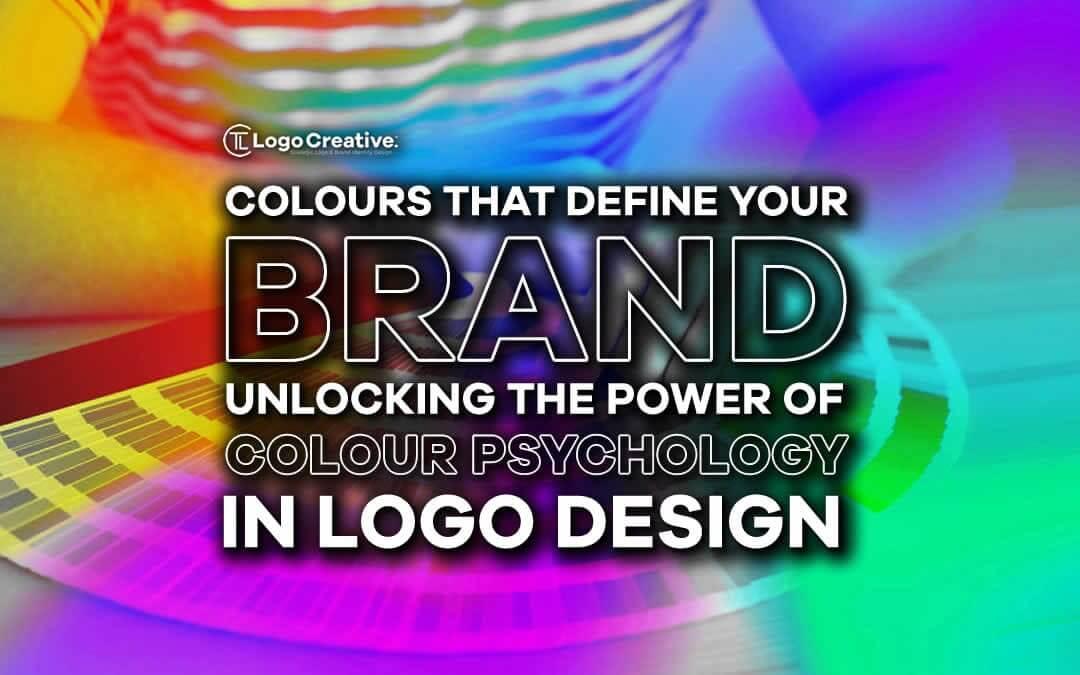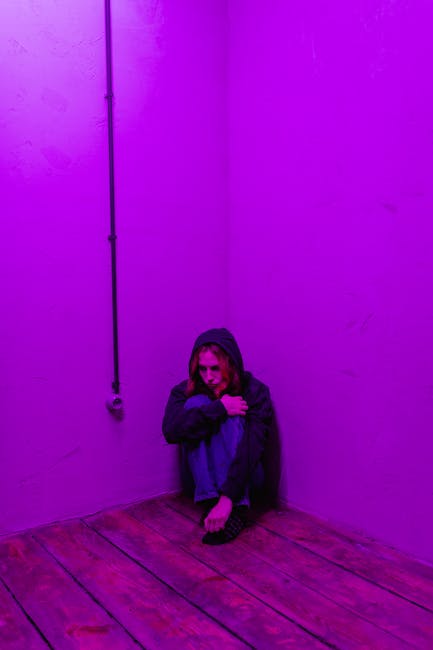
Have you ever stopped to consider why the sight of a bright red logo makes you feel energized, while a calming blue one brings a sense of relaxation? It’s not just magic… it’s the wonderful world of color psychology in logo design! Get ready to dive into the rainbow of emotions and meanings behind your favorite brands’ color choices. Strut your stuff down the color wheel and prepare to be dazzled by the impact of colors on logo design psychology.
The Importance of Color Selection in Logo Design
When it comes to logo design, color selection is like choosing the perfect outfit for a hot date – you want to make sure you stand out in all the right ways and leave a lasting impression!
Colors have the power to evoke certain emotions and feelings in people, so it’s important to choose hues that accurately represent your brand’s personality and message. Think of it as your logo’s personal expression of style and flair!
Imagine a world where the McDonald’s golden arches were a dull shade of grey – you wouldn’t feel that same sense of excitement and joy as you do when you see those vibrant hues of red and yellow. Color choice can make or break your logo’s success, so choose wisely!
In conclusion, don’t underestimate the power of color in logo design. Whether you’re going for a bold and energetic look with bright primary colors or a sophisticated and elegant vibe with muted tones, remember that color is your secret weapon in creating a logo that truly speaks to your audience. So go ahead, embrace the rainbow and let your logo shine bright like a diamond!

Creating Emotional Connections through Color
Color is a powerful tool that can evoke a wide range of emotions. By strategically using color in your designs, you can create strong emotional connections with your audience. Here are some tips on how to use color to tug on heartstrings:
- Choose a color palette that resonates with your target audience. Whether it’s calming blues or vibrant reds, make sure the colors you use align with the emotions you want to convey.
- Use contrasting colors to create visual interest and draw attention to key elements. A splash of bright yellow against a deep purple background can make your design pop!
- Consider the cultural and psychological associations of different colors. For example, green can symbolize growth and renewal, while black can convey sophistication and mystery.
Don’t be afraid to get creative with your color choices. Experiment with different combinations and palettes to see what elicits the strongest emotional response from your audience. Remember, color is a powerful tool that can help you forge deep connections with your viewers. So go ahead, paint your designs with emotion!

Understanding the Psychological Effects of Different Colors
Ever wonder why seeing red can make you see red? Or why feeling blue makes you want to curl up under a blanket and watch sad movies all day? Well, let’s dive into the crazy world of colors and their psychological effects!
First up, let’s talk about red. This fiery color is associated with passion, excitement, and anger. It can raise your heart rate, increase blood pressure, and evoke feelings of intensity. So next time you’re feeling a little too fired up, maybe consider swapping out that red shirt for a calming shade of blue.
On the other end of the spectrum, we have blue. This cool color is known for its calming and soothing effects. It can promote feelings of tranquility, serenity, and trust. So if you ever find yourself feeling overwhelmed, try surrounding yourself with shades of blue to bring about a sense of peace and relaxation.
Now let’s not forget about yellow, the color of sunshine and happiness! This bright hue is known to increase energy levels, stimulate mental activity, and promote feelings of joy and optimism. So if you’re in need of a little pick-me-up, maybe paint your walls yellow or throw on a sunny yellow outfit to lift your spirits!

Choosing the Right Color Palette for Brand Personality
When it comes to choosing the right color palette for your brand personality, it’s important to consider how different colors can impact the perception of your brand. Here are some tips to help you find the perfect colors that truly represent your brand:
1. Consider your target audience: Think about who your target audience is and what colors resonate with them. You want to choose colors that will appeal to your audience and align with their preferences.
2. Personality traits: Each color has its own personality traits associated with it. For example, red can evoke feelings of passion and excitement, while blue can represent trust and dependability. Choose colors that reflect the personality traits you want your brand to convey.
3. Competitive analysis: Take a look at what colors your competitors are using. You don’t want to choose the same colors as them and risk blending in with the crowd. Stand out by choosing a unique color palette that sets you apart!

Maximizing Brand Recognition and Recall through Color Choices
When it comes to choosing colors for your brand, it’s important to remember that you’re not just picking a few random hues out of a hat. No, my friend, you’re crafting a masterpiece that will leave a lasting impression on your audience. So why settle for boring old beige when you could have bold, vibrant reds that practically scream “Look at me!”
Think of the color red as your brand’s trusty sidekick, always there to grab attention and make a statement. Pair it with a splash of yellow for a dynamic duo that commands respect and exudes confidence. Or maybe you prefer a more laid-back vibe? In that case, blues and greens are your go-to colors for a cool, calm, and collected brand identity.
But let’s not forget about the power of contrast! Mixing light and dark shades can create a visually appealing experience for your customers. Just imagine the possibilities of a black and white palette – classic, sophisticated, and oh-so chic.
Remember, the goal is to make your brand unforgettable. So don’t be afraid to think outside the box and experiment with different color combinations. Whether you’re a bold risk-taker or a subtle trendsetter, the right colors can take your brand from “meh” to “wow” in the blink of an eye.
FAQs
Why is color psychology important in logo design?
Well, just like how wearing a red shirt might make you feel bold and confident, colors in a logo can evoke certain feelings and perceptions in consumers. It’s like setting the mood for a first date, but with your brand.
What emotions do different colors evoke?
Oh, buckle up for a rollercoaster of emotions! Red can bring out passion and excitement, while blue might make you feel calm and trustworthy. Yellow can bring sunshine into your life, and green can make you feel all eco-friendly and fresh.
How can colors impact brand recognition?
Imagine your logo as a celebrity walking down the red carpet – you want it to stand out, right? Using unique and memorable colors can help your brand get noticed and be remembered among the sea of competitors.
Can colors influence consumer behavior?
Absolutely! Just like how a red stop sign tells you to halt, colors in a logo can guide consumers in their decision-making process. It’s like having your own personal cheerleader, but in the form of a logo color palette.
How can I choose the right colors for my logo design?
Well, it’s like picking out the perfect outfit for a special occasion. Think about what emotions and vibes you want your brand to convey, and choose colors that speak to those feelings. Remember, it’s not just a logo – it’s a color story waiting to be told.











